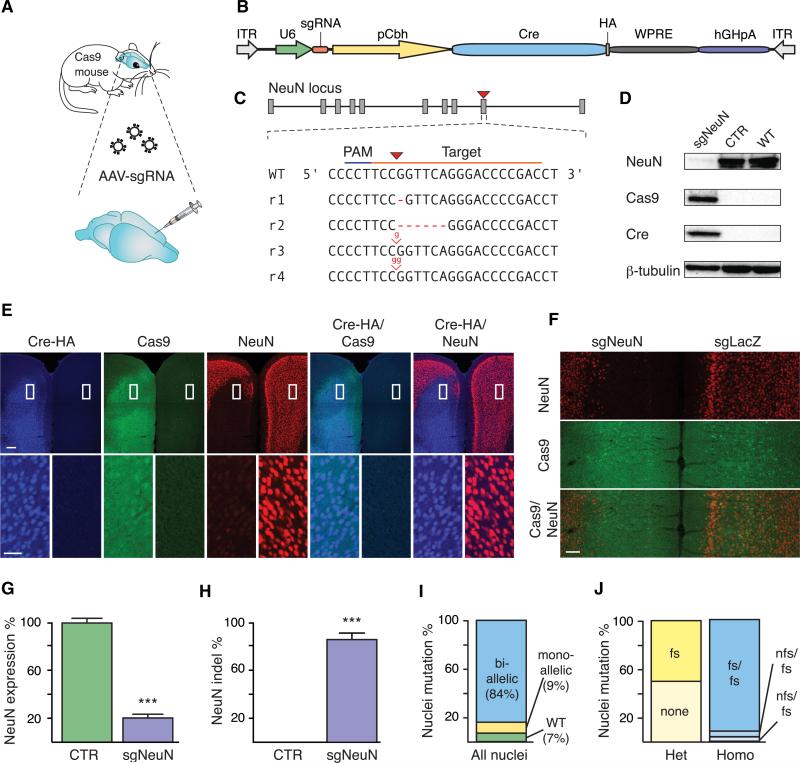Figure 3. In Vivo Genome Editing in the Brain of Cre-Dependent Cas9 Mice.
(A) Schematic showing experimental procedure for stereotactic delivery of sgNeuN-expressing AAV into the prefrontal cortex of Cre-dependent Cas9 mice.
(B) Schematic of AAV vector for sgRNA expression.
(C) sgRNA design for targeting the mouse NeuN locus and representative Illumina sequencing reads (rn) from Cre-dependent Cas9 mice injected with AAV1/2-NeuN, showing indel formation at the target site (red arrow).
(D) Representative immunoblot of brain tissue dissected from Cre-dependent Cas9 mice injected with either AAV1/2-sgNeuN or AAV1/2-sgLacZ or not injected, showing NeuN depletion only in NeuN-targeted mice. β-tubulin was used as a loading control.
(E) Representative immunofluorescence images of the prefrontal cortex of Cre-dependent Cas9 mice injected with AAV1/2-sgNeuN 3 weeks posttransduction, showing Cre-mediated activation of Cas9-P2A-EGFP and corresponding NeuN depletion (NeuN). Bottom row shows magnified view of the boxed regions. Scale bars, 200 μm (top) and 50 μm (bottom).
(F) Representative immunofluorescence images of the prefrontal cortex of Cre-dependent Cas9 mice injected bilaterally with AAV1/2-sgNeuN (left hemisphere) or AAV1/2-sgLacZ (right hemisphere) 3 weeks posttransduction, showing NeuN depletion only in the NeuN-targeted hemisphere. Scale bar, 200 μm.
(G) Quantification of immunoblots of brain tissues dissected from Cre-dependent Cas9 mice injected with either AAV1/2-sgNeuN or AAV1/2-sgLacZ 3 weeks posttransduction, showing significant NeuN depletion only in NeuN-targeted mice. Data are plotted as mean ± SEM (n = 3 mice). ***p < 0.0005.
(H) NeuN indel analysis of populations of neuronal nuclei from Cre-dependent Cas9 mice injected with an AAV1/2-EGFP-KASH vector expressing either sgNeuN or sgLacZ 3 weeks posttransduction, showing significant indel formation only in NeuN-targeted cells. Data are plotted as the mean ± SEM (n = 3 mice). ***p < 0.0005.
(I) NeuN indel analysis of single neuronal nuclei from Cre-dependent Cas9 mice injected with an AAV1/2-EGFP-KASH vector expressing sgNeuN, showing that 84% of transduced neurons are mutated on both alleles. Individual nuclei are categorized as bi-allelic, mono-allelic, or wild-type. Data are plotted as a percent of nuclei (n = 167).
(J) NeuN indel analysis of single neuronal nuclei from Cre-dependent Cas9 mice injected with an AAV1/2-EGFP-KASH vector expressing sgNeuN, showing that most mutations are frameshift. Individual allele mutations from homozygous (n = 141) or heterozygous (n = 15) nuclei are categorized as either frameshift (fs) or non-frameshift (nfs). Data are plotted as a percent of homozygous (n = 141) or heterozygous (n = 15) nuclei.

